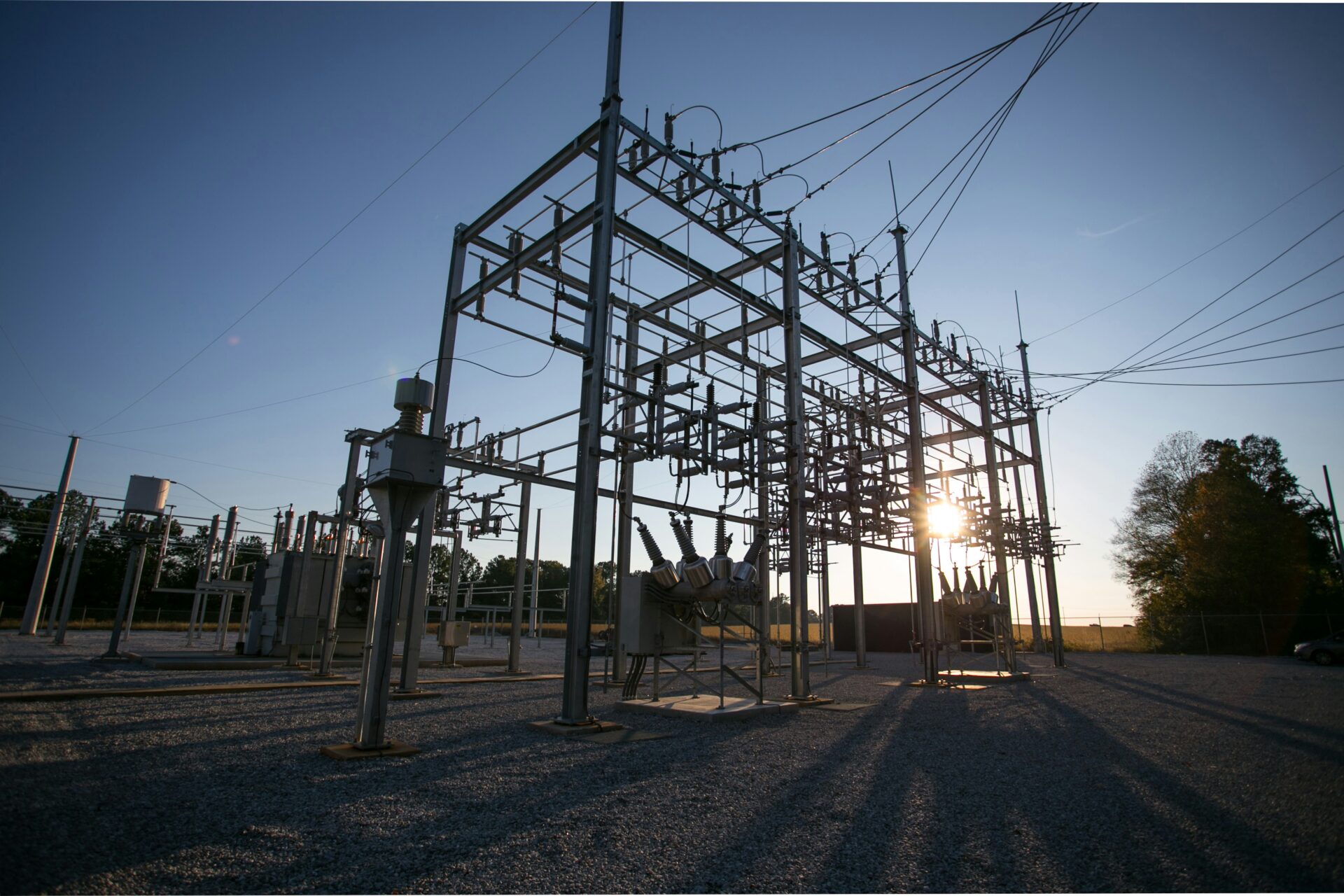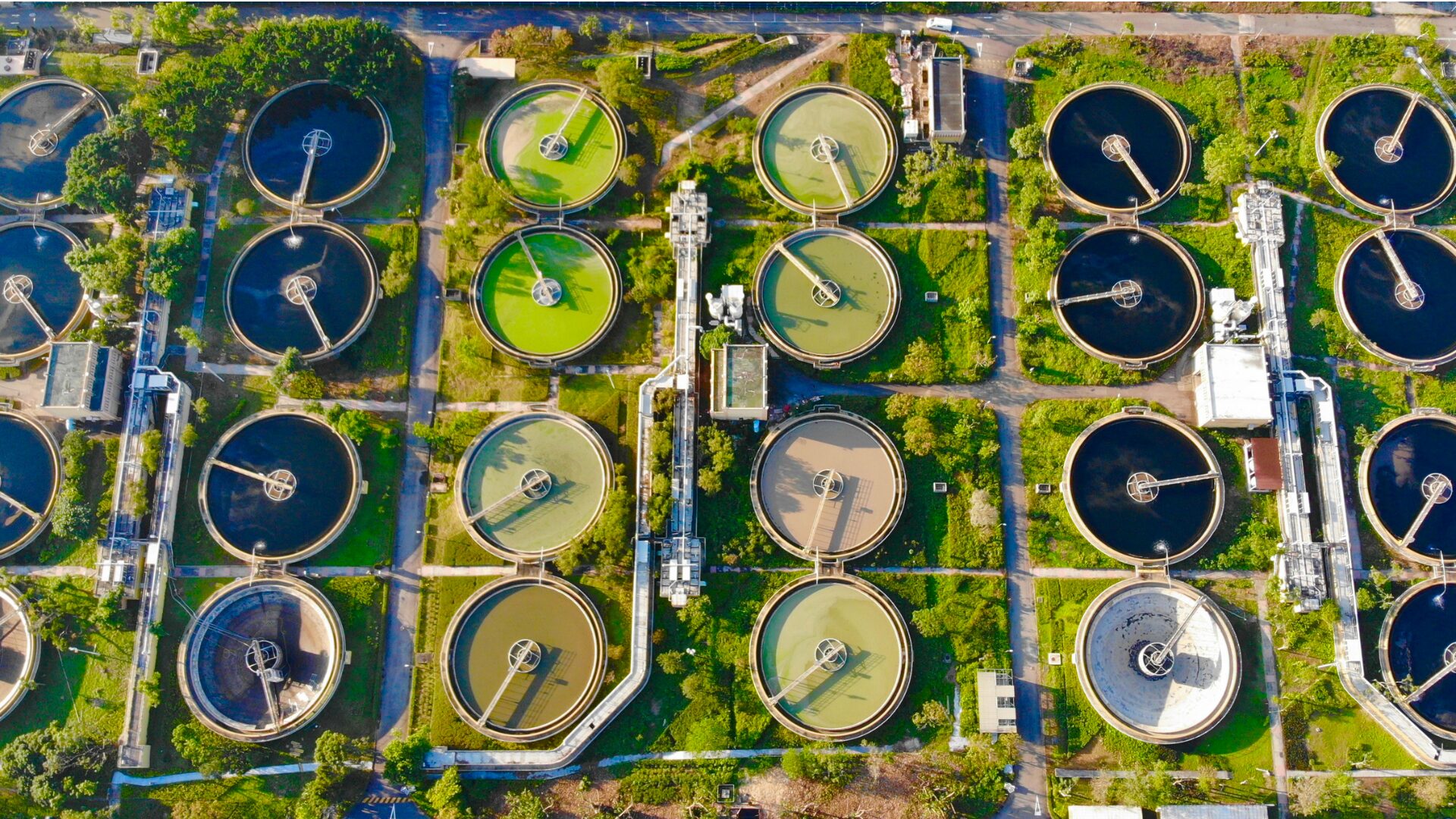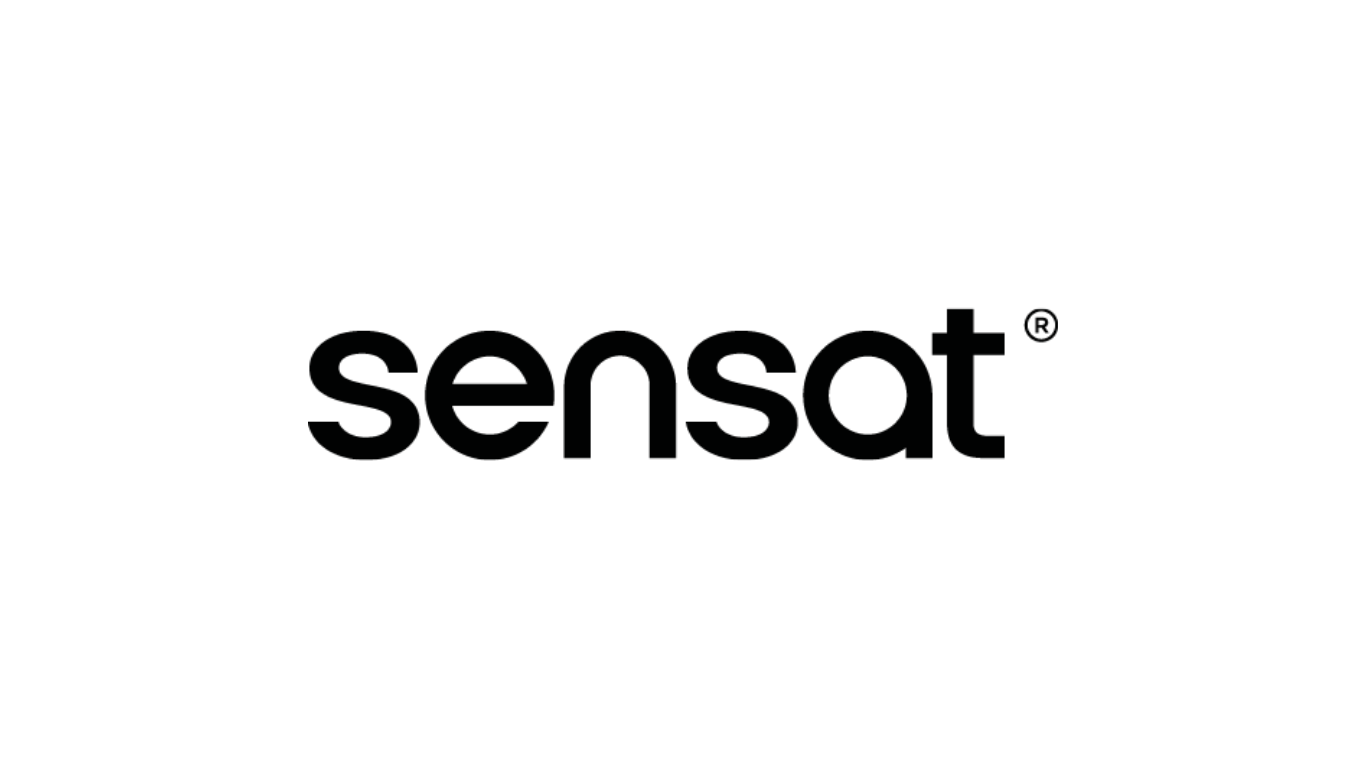Scientists have long predicted that one of the impacts of climate change would be an increase in the frequency of extreme weather events and rising sea levels across the world. We are already seeing it happen across the USA and the world.
The list could go on for miles, from blizzards in Texas in February to Tornadoes in New York in April. From the frequent Wildfires in California and the perma-drought in the Colorado River basin. To the rising sea levels impacting shore towns in New Jersey.
Significant Investment Opportunity
It should come as no surprise that investors are pouring money into companies and products that will address these issues, smelling the opportunity to generate significant financial returns while at the same time (hopefully) addressing a problem critical to the survival of the human race. As an example, this past July TPG announced a $5.4 BILLION fund focused on climate investment, and the same day Brookfield Asset Management (not to be outdone) announced a $7B fund focused on the same area.

But are the investors deploying all of this capital into sustainable assets considering the wide variety of potential impacts from climate change on those very assets during the earliest phases of design?
Bottlenecks in Conceptual Design
The objective, on paper, is to create a “resilient” infrastructure that can resist the effects of climate change. However, the fact is that the present project development and construction cycle’s economics work against this.
In the current setup, investors and asset owners want to minimize the amount of money and resources spent during project development and conceptual design phases. Seeing as this is when capital is considered most “at risk.”
This directly prevents the kind of broad alternatives evaluation and scenario analysis needed to assess the potential impacts of climate change before budgets are set. This also limits an asset owner’s (or its chosen engineering firm’s) ability to evaluate new technologies or design practices. Yet those steps are often necessary in order to create a more resilient asset.

What will happen to my facility if sea levels rise by X in 10 years? How much will it cost to insure it can still meet the requirements in this case? How can I ensure performance even if ambient temperature extremes change by 20% in the coming decade? Can I include the ability to recycle the water in order to help address future water shortages?
These are all concerns that should be addressed in the early phases of a project, thus ensuring the most robust and capital-efficient structures will be budgeted and built. However in today’s world of manual design, when a project is authorized and finances are determined, all of these issues (and many more) are frequently neglected. This means when the project reaches pre-construction one of three things happens: They are not considered, they are not implemented, or they are implemented but result in a substantial cost overrun.
Potential Solution: Automation allows Scenario Analysis in Conceptual Design
Design automation tools like the Transcend Design Generator (“TDG”) exist to help bridge this gap. We let the designer experiment with an infinite number of options before settling on the best one. As a result, the amount of time and resources spent analyzing alternatives during the conceptual design stage is reduced.
The designer and asset owner may get a complete AND accurate picture of the financial consequences of every situation. Simply by tying together all of the major engineering disciplines – process, mechanical, electrical, civil, and architectural.
While tools like TDG are not a magic bullet, I do believe they are a critical part of the solution. Using them ensures EPCs examine adequate choices at an early project stage. This in turn helps asset owners invest in solutions that will generate significant financial rewards, while also ensuring that their investments can withstand the unpredictability of climate change’s effects.








 WWTP Design
WWTP Design  Substation Design
Substation Design  Utility Interconnection Hub
Utility Interconnection Hub  White Label Proposal Generator
White Label Proposal Generator  PFAS Feasibility Study
PFAS Feasibility Study  Booster Station Design
Booster Station Design  Value Discovery Program
Value Discovery Program